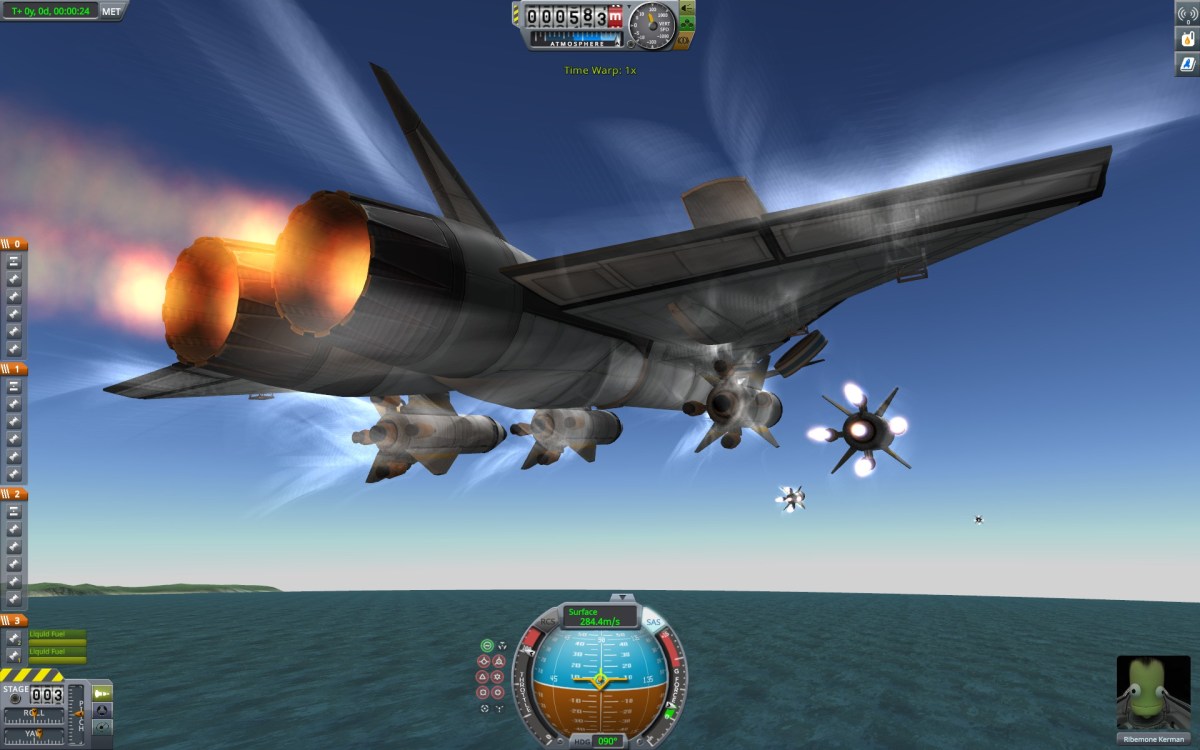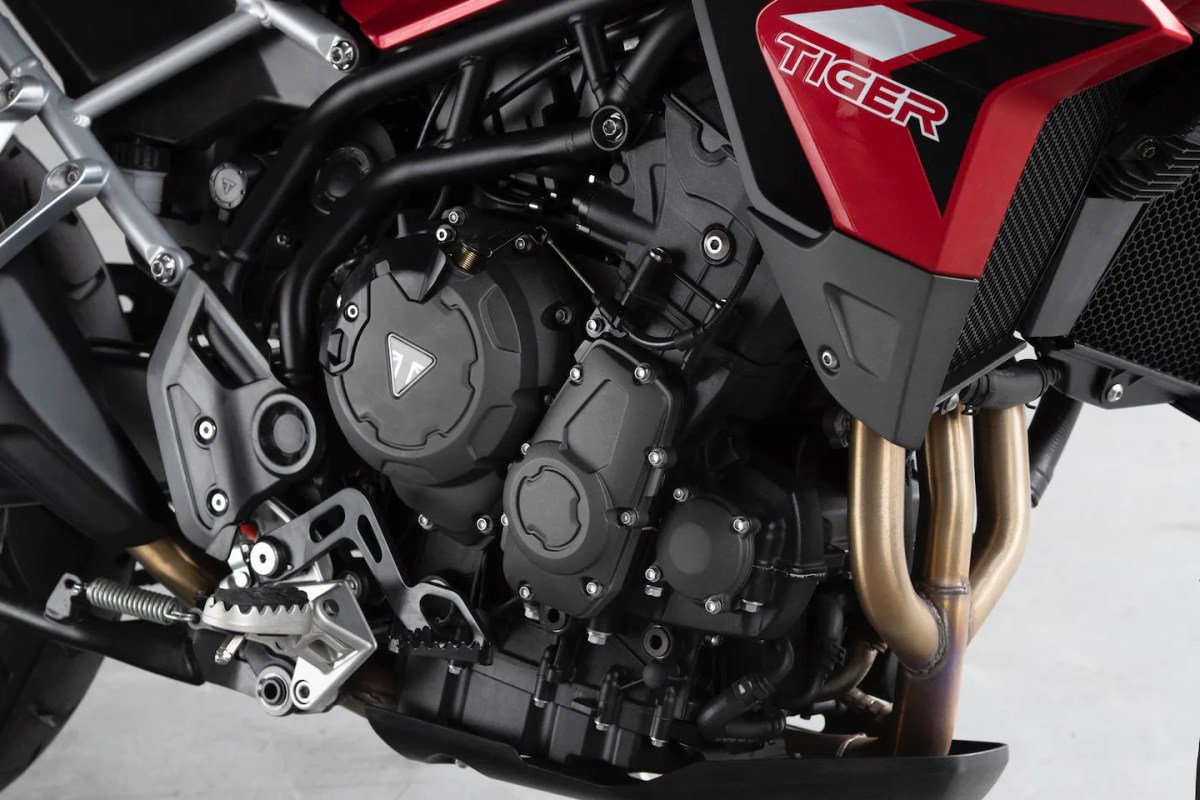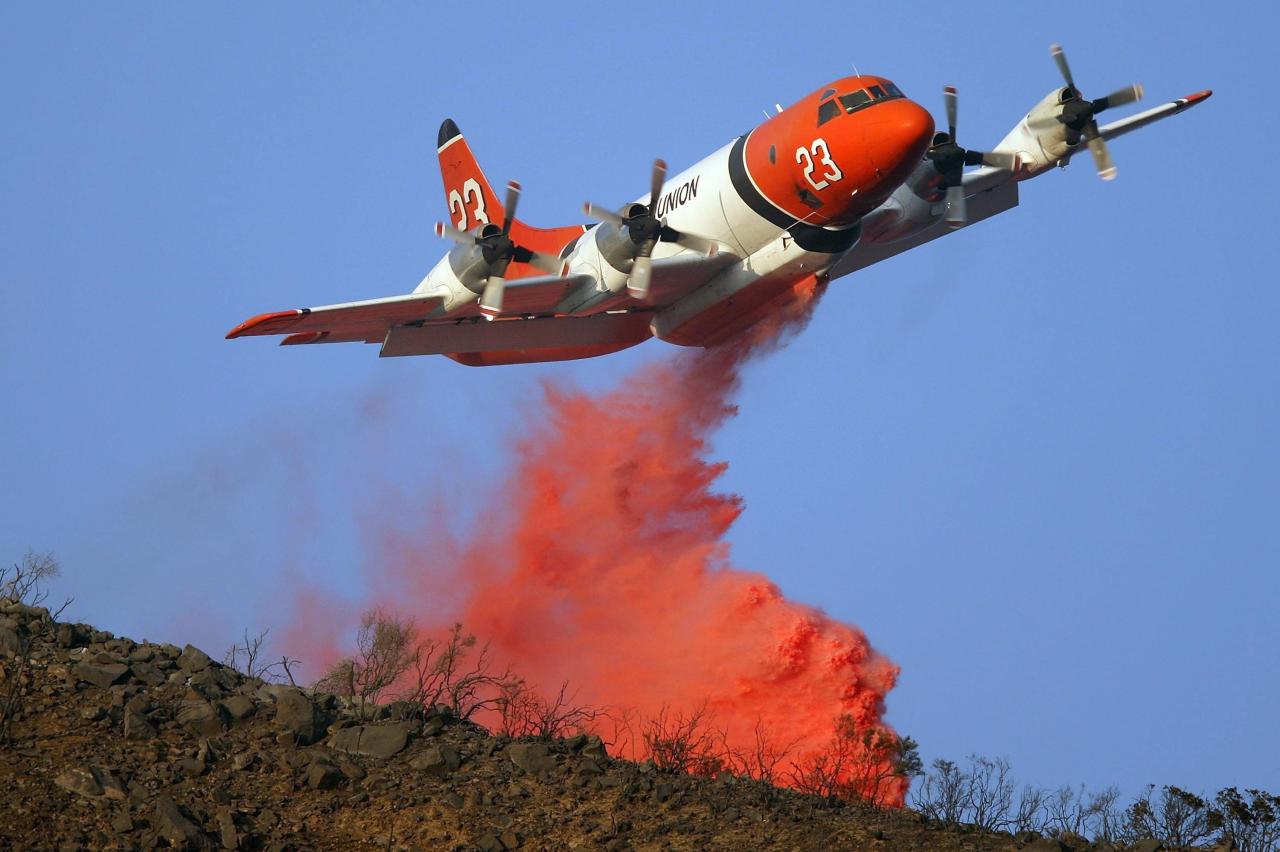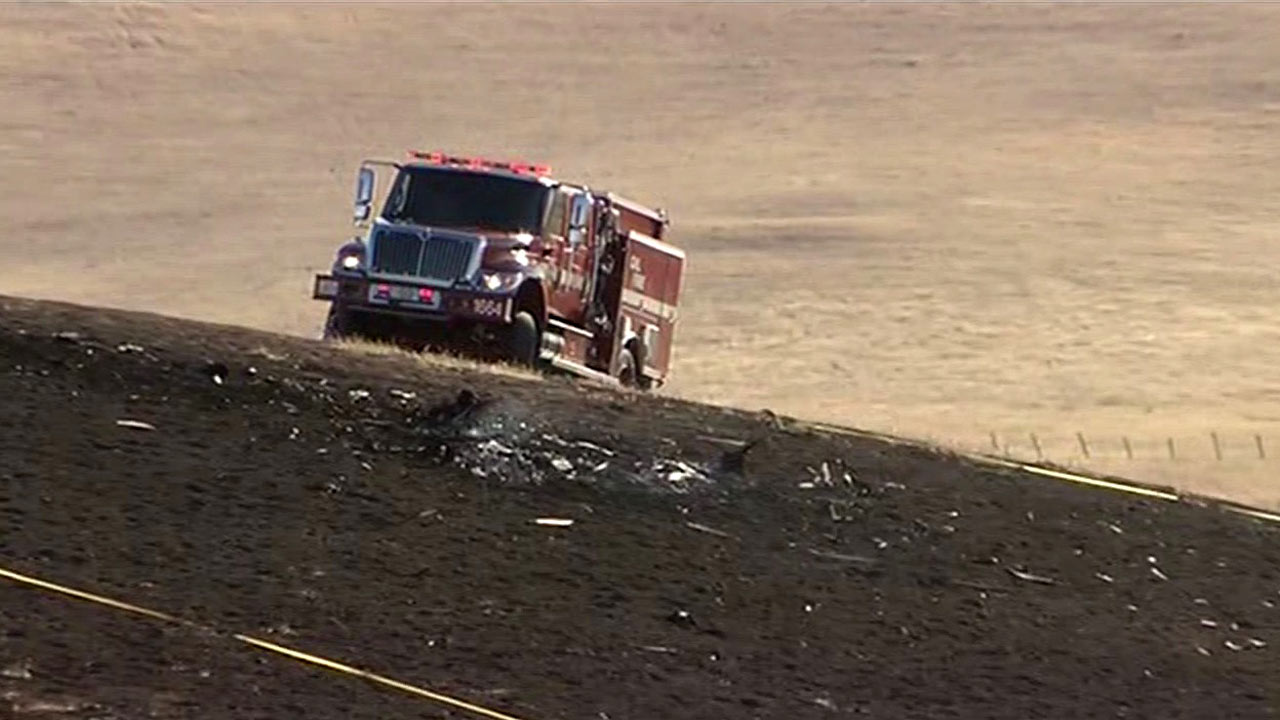LA Fires From Plane: Imagine the intense ballet of helicopters and fixed-wing aircraft battling raging infernos across the Los Angeles landscape. This isn’t just a dramatic scene; it’s a crucial aspect of protecting lives and property. We’ll explore the incredible technology, brave pilots, and coordinated efforts that go into aerial firefighting in LA, from the different types of aircraft and retardants used to the complex safety protocols and weather challenges faced.
This exploration will delve into the history of aerial firefighting in LA, showcasing the evolution of techniques and technology over the years. We’ll examine the crucial coordination between various agencies and the vital role of communication in effective fire suppression. Get ready to learn about the science, strategy, and sheer dedication behind keeping LA safe from the devastating power of wildfires.
Aircraft Used in LA Firefighting: La Fires From Plane

Aerial firefighting in Los Angeles relies on a diverse fleet of aircraft, each with unique capabilities tailored to the specific challenges of urban and wildland fire suppression. The choice of aircraft depends on factors such as fire size, location, terrain, and weather conditions. Understanding the strengths and limitations of different aircraft is crucial for effective fire management.
Types of Aircraft and Their Capabilities
Helicopters and fixed-wing aircraft are the primary workhorses in aerial firefighting. Helicopters offer maneuverability and precision in challenging terrain, while fixed-wing aircraft provide greater speed and water/retardant capacity for larger fires.
| Aircraft Type | Water/Retardant Capacity (approx.) | Speed (approx.) | Operational Range (approx.) |
|---|---|---|---|
| Helicopter (e.g., Sikorsky S-64 Air Crane) | Up to 2,000 gallons | Variable, depending on load and conditions | Limited by fuel capacity; often requires frequent refueling |
| Fixed-wing Airtanker (e.g., Boeing 747 Supertanker) | Up to 20,000 gallons | 200+ mph | Hundreds of miles, depending on aircraft type |
| Single Engine Air Tanker (SEAT) | Up to 800 gallons | 150+ mph | Several hundred miles, depending on aircraft type |
| Lead Plane | None | Variable | Several hundred miles |
Helicopters, like the Sikorsky S-64 Air Crane, are valuable for precise water drops in hard-to-reach areas, while fixed-wing aircraft, such as the Boeing 747 Supertanker, are essential for delivering large volumes of retardant to quickly control the spread of extensive wildfires. SEATs are useful for quick initial attack and lead planes direct airtankers to the best locations.
Fire Retardant and Water Delivery Methods

The effectiveness of aerial firefighting depends heavily on the type of retardant used and the delivery method. Different retardants offer varying levels of fire suppression, environmental impact, and cost-effectiveness.
Fighting LA fires from the air requires serious firepower, and that often means massive water drops. You’ve probably seen footage of these operations, but did you know a key player is the amazing super scooper plane ? These aircraft can scoop up tons of water in seconds, making them incredibly effective at battling large-scale wildfires like those that threaten Los Angeles.
Their speed and capacity are vital for controlling the spread of these devastating blazes.
- Water: The most common and environmentally friendly option, effective for initial attack and cooling hotspots.
- Phosphate-based retardants: Effective at suppressing flames, but can have environmental impacts, particularly on water sources.
- Polymer-based retardants: Generally considered less harmful to the environment than phosphate-based retardants, but may be less effective in certain conditions.
Delivery methods include aerial drops (for larger-scale operations) and precise spraying (for targeted application). The choice of method depends on factors such as fire intensity, wind conditions, and terrain.
- Effectiveness and Environmental Impact Comparison:
- Water: High effectiveness for initial attack and cooling, minimal environmental impact.
- Phosphate-based retardants: High effectiveness in suppressing flames, potential for significant environmental impact.
- Polymer-based retardants: Moderate effectiveness, lower environmental impact than phosphate-based retardants.
Safety Procedures and Regulations
Aerial firefighting is inherently risky, demanding strict adherence to safety protocols for both pilots and ground crews. Effective communication is paramount.
Communication systems, including radios and sophisticated GPS technology, ensure seamless coordination between aircraft and ground personnel. Detailed pre-flight briefings, established communication channels, and rigorous safety checks are essential. The regulatory framework in LA adheres to national standards, with additional local regulations to address unique challenges.
Impact of Weather Conditions

Weather significantly influences the effectiveness of aerial firefighting. High winds can make accurate drops challenging, while low visibility due to smoke or fog reduces effectiveness. Extreme heat and low humidity accelerate fire spread, demanding rapid and decisive action.
For example, imagine a scenario where strong Santa Ana winds are pushing a wildfire rapidly towards a densely populated area. The intense heat and low humidity create extreme fire behavior. Aerial tankers struggle to make accurate drops due to the wind, and smoke significantly reduces visibility, hindering coordination between pilots and ground crews. This necessitates a dynamic and adaptive approach, prioritizing the protection of lives and critical infrastructure.
Historical Overview of Aerial Firefighting in LA
Aerial firefighting in LA has evolved significantly since its inception. Early efforts relied on limited aircraft and less effective retardants. Technological advancements, such as improved aircraft designs and more sophisticated retardants, have greatly enhanced the effectiveness of aerial fire suppression.
A chronological timeline would show a progression from basic water drops using smaller aircraft to the use of large air tankers and sophisticated retardants, reflecting improvements in aircraft technology and fire suppression strategies over time. The development and implementation of GPS technology and improved communication systems have also significantly enhanced operational efficiency and safety.
Coordination and Collaboration Among Agencies, La fires from plane
Effective fire suppression in LA requires seamless coordination among multiple agencies, including the Los Angeles Fire Department (LAFD), the Los Angeles County Fire Department, Cal Fire, and federal agencies. Each agency has specific roles and responsibilities, working together under a unified command structure.
Communication protocols and information-sharing systems ensure that all agencies operate with a common understanding of the situation. This coordinated approach is critical for managing large-scale fires efficiently and effectively, minimizing damage and ensuring public safety.
Seeing LA fires from a plane gives you a unique perspective on the scale of the devastation. But for a closer, safer look at the aftermath and potential fire risks, check out the resources on drone usage in Los Angeles, like this helpful site on drone los angeles regulations and weather conditions. Understanding drone capabilities helps visualize how aerial surveillance assists firefighters in assessing and managing these challenging situations.
Last Word

Aerial firefighting in LA is a complex and vital operation, a testament to human ingenuity and collaborative spirit. From the precise deployment of retardants to the unwavering coordination between agencies and pilots, every aspect demands precision and expertise. Understanding the challenges – from unpredictable weather patterns to the sheer scale of some fires – allows us to appreciate the dedication of those on the front lines and the continuous advancements in technology that improve their effectiveness.
The fight to protect LA from wildfires is an ongoing battle, one that requires constant innovation and unwavering commitment.
Ever wondered what the LA fires look like from a bird’s-eye view? It’s pretty intense, seeing the scale of the devastation. Check out this incredible footage from a plane, showing the impact of the fires – you can see it all here: la fires from plane. The images really drive home the importance of fire prevention and preparedness in these areas.
Frequently Asked Questions
What types of damage can aerial firefighting cause?
While generally effective, aerial firefighting can cause unintended damage. This includes accidental damage to property from water or retardant drops and potential ecological impacts from retardant chemicals.
How are pilots trained for aerial firefighting?
Pilots undergo rigorous training that includes specialized flight maneuvers, water/retardant dropping techniques, and communication protocols. This training often involves simulations and real-world fire scenarios.
What happens if a plane malfunctions during a firefight?
Strict emergency protocols are in place. Pilots are trained to handle malfunctions, and ground crews are ready to assist. Safety is the paramount concern in all aerial firefighting operations.
How is the effectiveness of aerial firefighting measured?
Effectiveness is assessed by various factors including the containment of fire spread, the area protected, and the overall reduction in fire intensity. Post-fire assessments are conducted to evaluate the success of operations.
